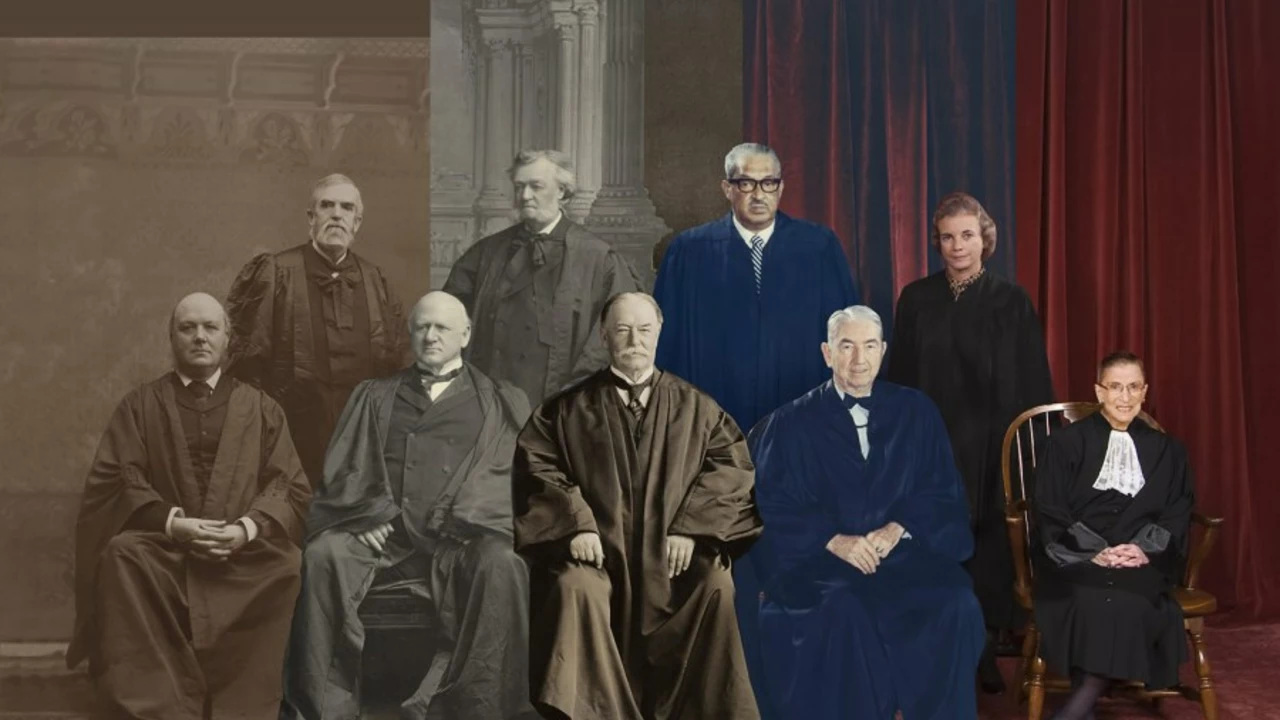Well, well, well, ladies and gentlemen, time for some legal drama! The Supreme Court has decided to hit the pause button on the Chhattisgarh sex CD case trial. Now, I know what you're thinking - 'what's this blogger on about?' Allow me to illuminate the situation, folks. The highest court of our land has decided to stay the trial due to, let's say, some 'unresolved issues'. So, for all you legal eagles out there, grab your popcorn, sit back and enjoy the suspense. Because, as they say, the plot thickens!
Sex CD Case: What It Is and How It Works
If you hear someone mention a sex CD case, they’re talking about a criminal investigation where a CD containing sexual content is used as evidence. This could be a video, audio recording, or a collection of photos that police think is linked to a crime like assault, abuse, or non‑consensual distribution. The CD itself becomes a piece of the puzzle that can prove what happened, who was involved, and sometimes even when it happened.
Why a CD Can Be Key Evidence
Even in the age of cloud storage, many people still save files on physical media. A CD is easy to hide, easy to copy, and hard to alter once it’s sealed. That makes it a reliable source for forensic experts. When they get the CD, they create a digital copy, check the file timestamps, and run the media through software that can reveal hidden data or deleted files. Those details can match a suspect’s phone, social media, or other records, tying everything together.
Another reason the CD matters is that it can show consent – or the lack of it. A clear video of someone saying "no" or looking uncomfortable can be powerful in court. Conversely, if there’s no sign of consent, the CD can help victims prove that their rights were violated.
Steps to Handle a Sex CD Case Properly
1. Preserve the original CD. The first rule in any evidence case is to keep the original untouched. Police put it in a sealed evidence bag, label it with a case number, and store it in a controlled environment.
2. Make a forensic image. Technicians copy every bit of data from the CD to a secure digital drive. This image is what they analyze, so the original stays safe.
3. Verify authenticity. Using hash values (a digital fingerprint), they confirm that the copied image matches the original CD exactly. If the hash changes, it means the data was altered.
4. Review the content. Investigators watch the videos, listen to audio, and examine photos. They note timestamps, location data, and any visible identifiers like faces or license plates.
5. Cross‑check with other evidence. The CD’s details are compared with phone records, witness statements, and other digital footprints. This helps build a clear timeline.
6. Protect the victim’s privacy. Handling sexual content is sensitive. Law enforcement must limit who sees the material, often using redacted versions for the public or media.
7. Prepare for court. The forensic expert writes a report explaining how the CD was handled, what was found, and why it’s reliable. This report becomes part of the trial evidence.
Understanding these steps can help anyone involved – victims, families, or even journalists – know what to expect. If you’re a victim, remember that the police should treat the CD with the same care they give any other piece of evidence. If you’re a friend offering support, encourage the person to speak with a trusted officer or a legal advisor.
In short, a sex CD case is more than just a disc. It’s a chain of careful actions that can bring clarity to a complicated situation. Proper handling protects rights, preserves truth, and increases the chances that justice is served.
